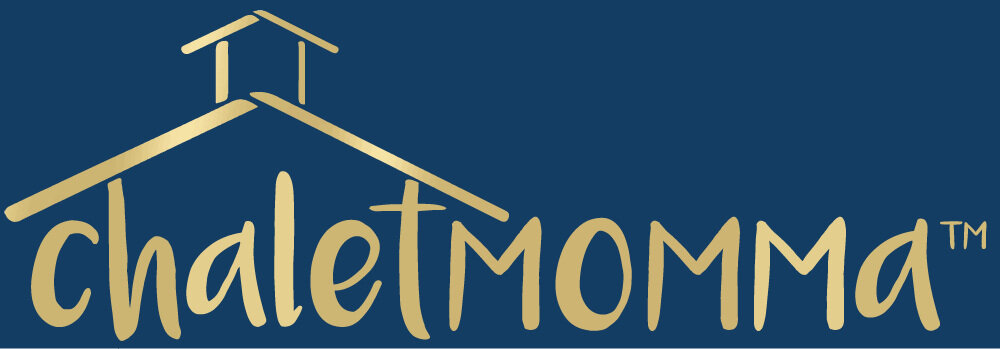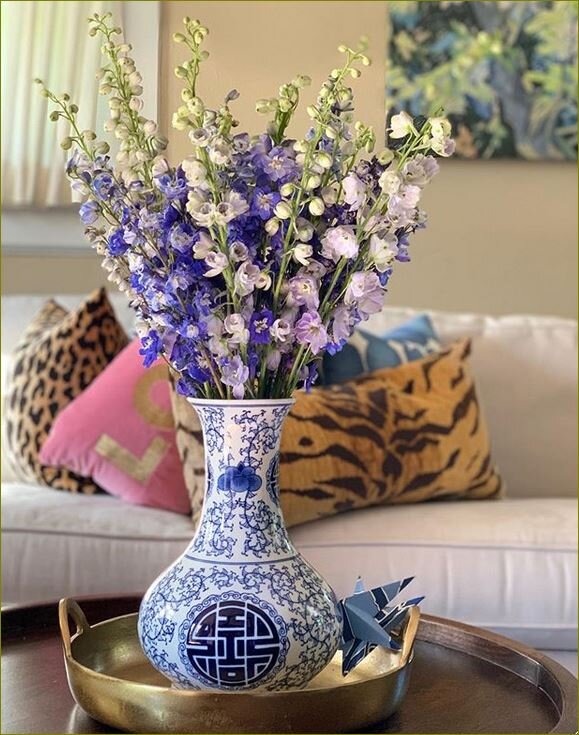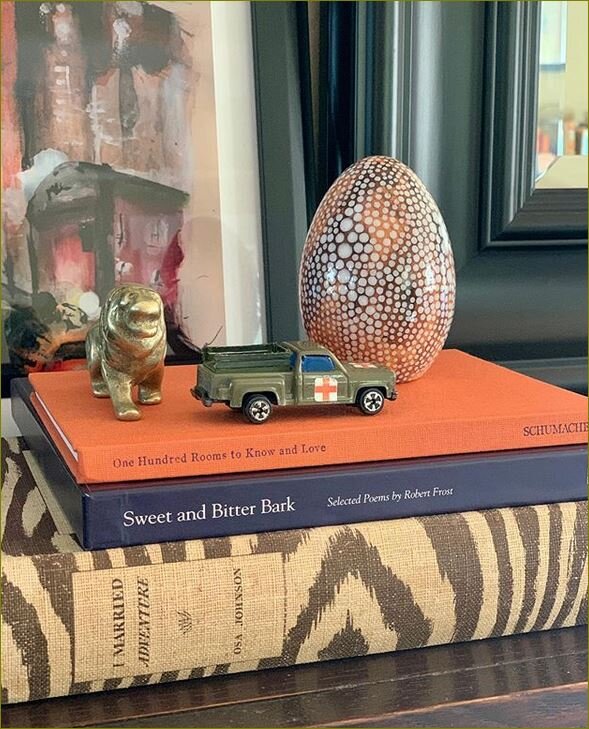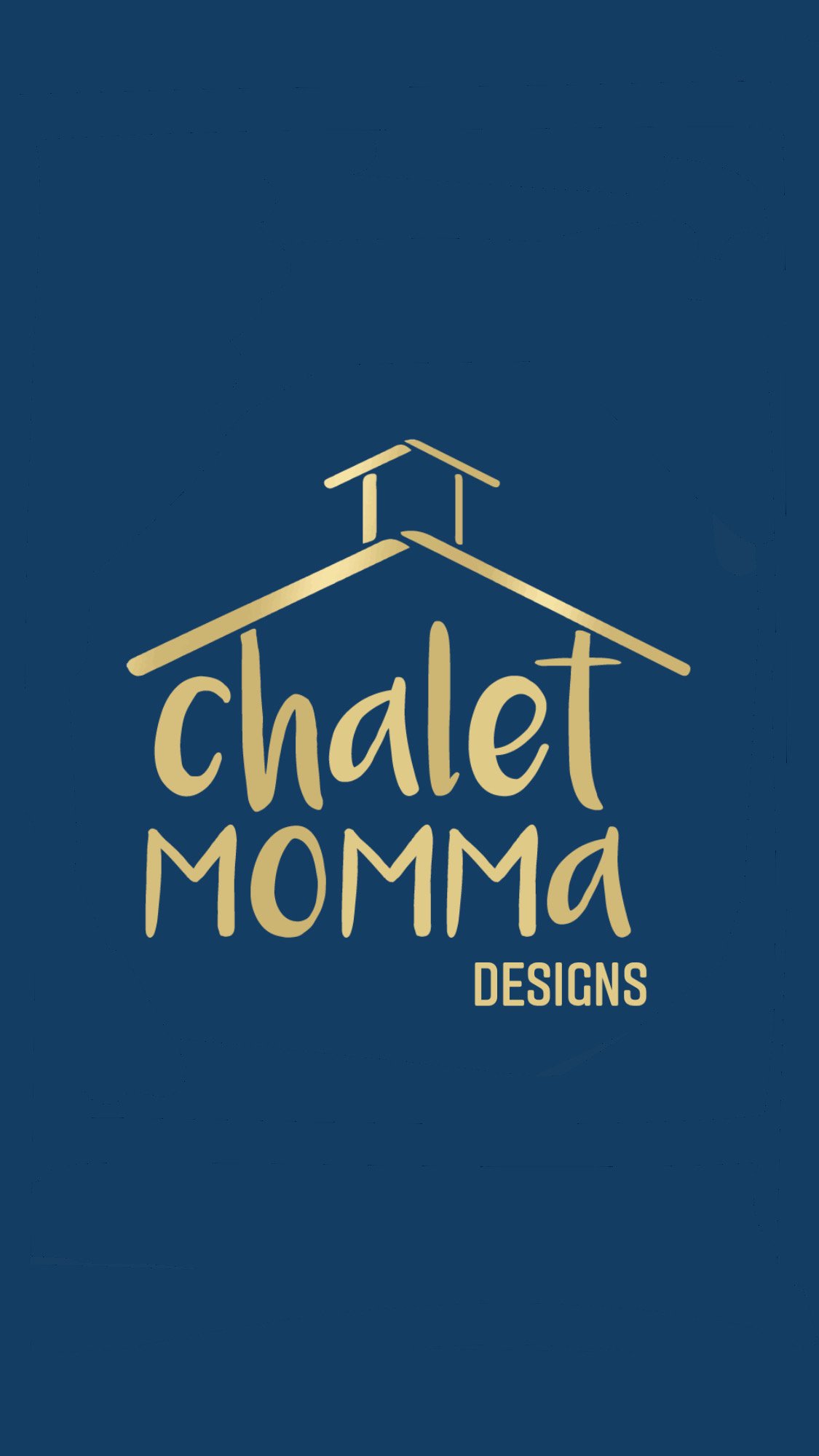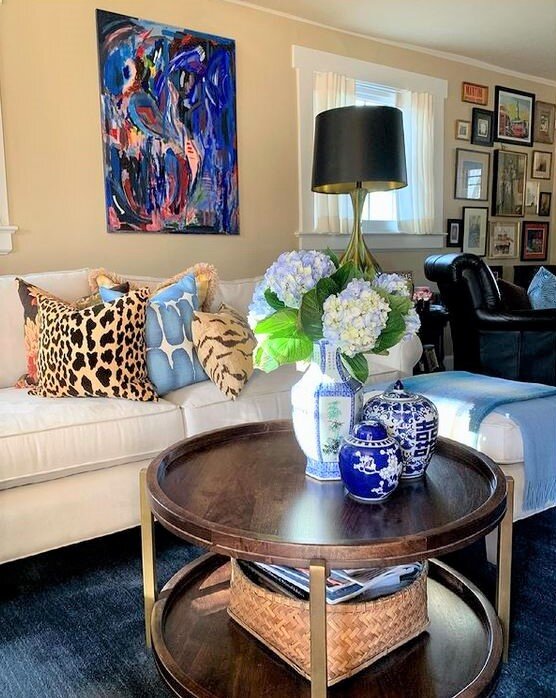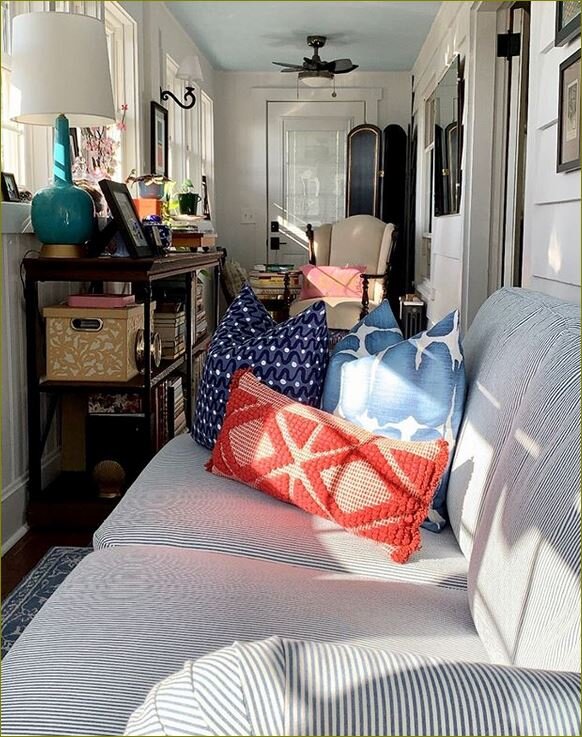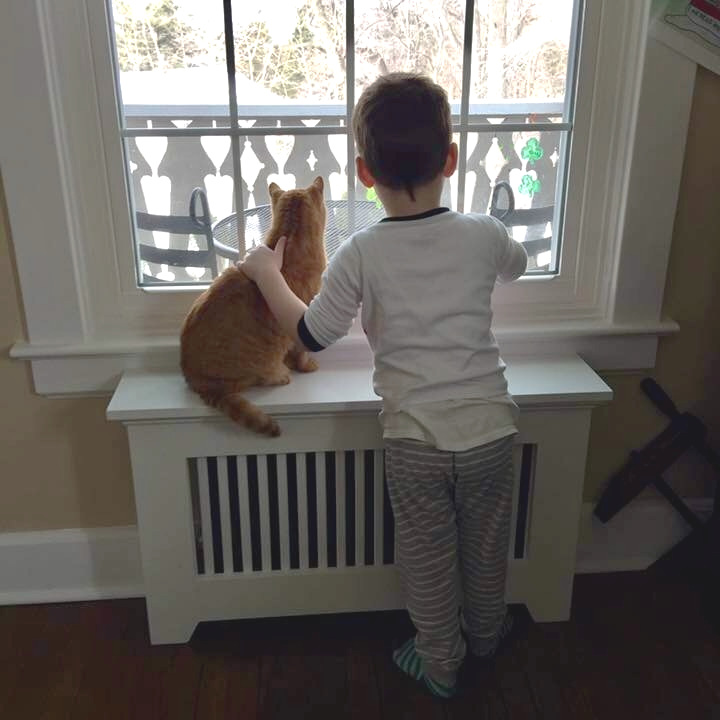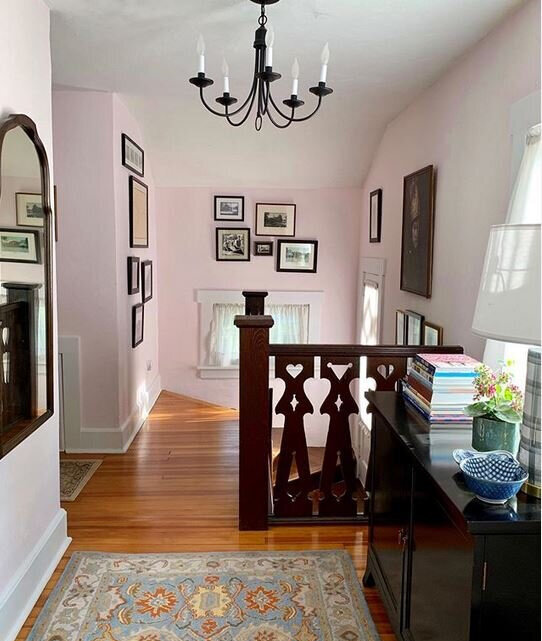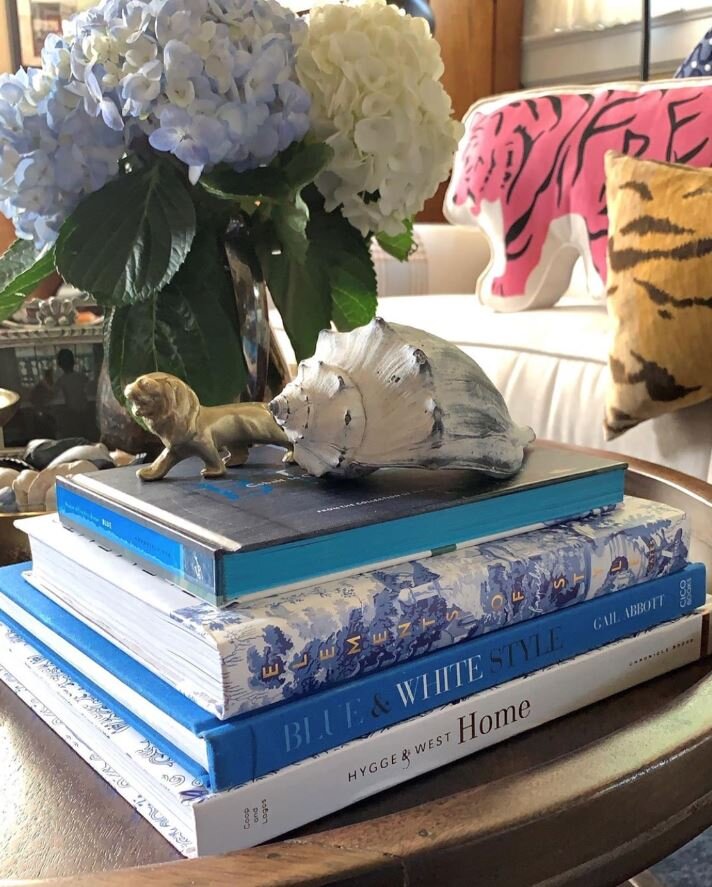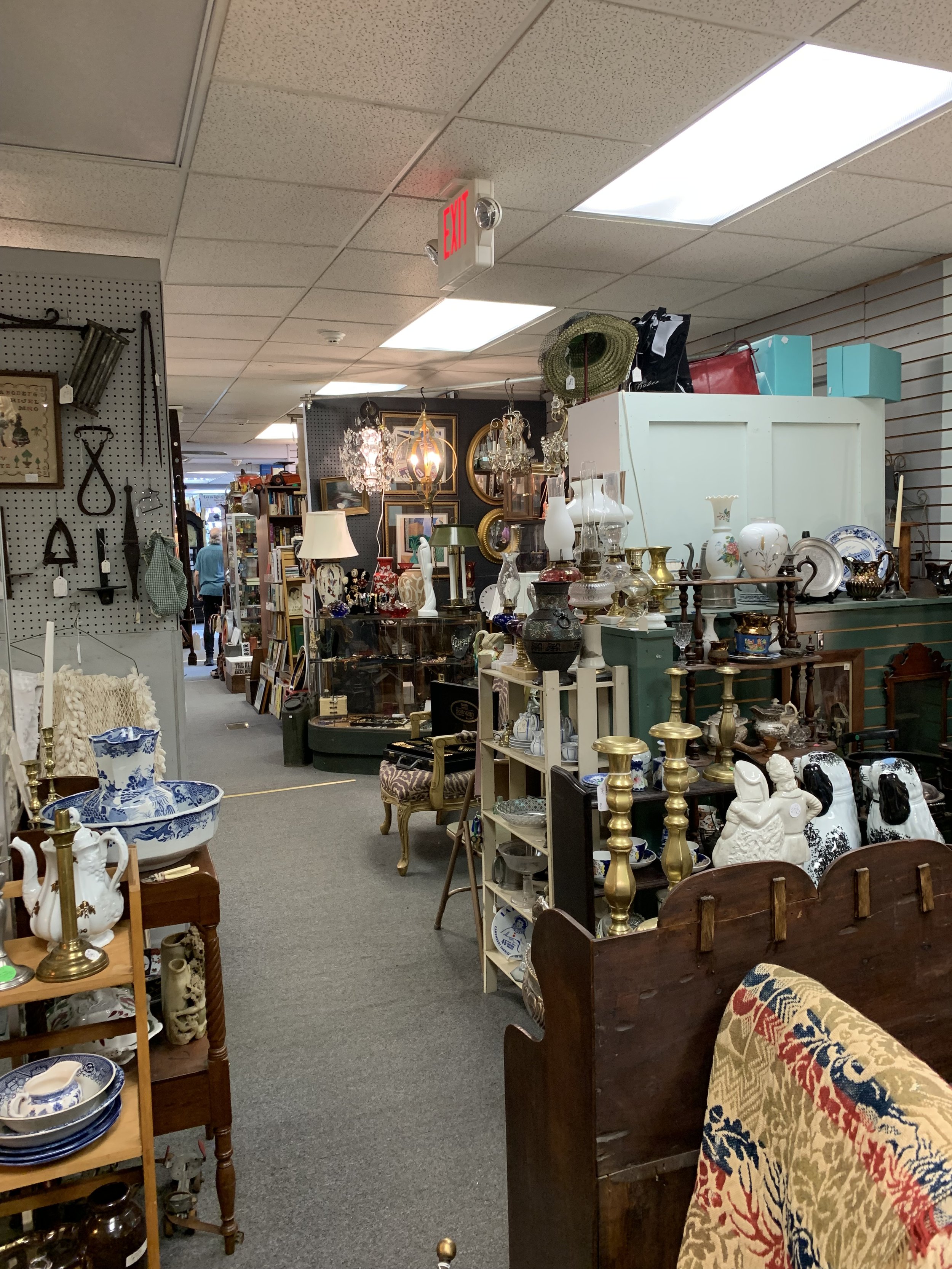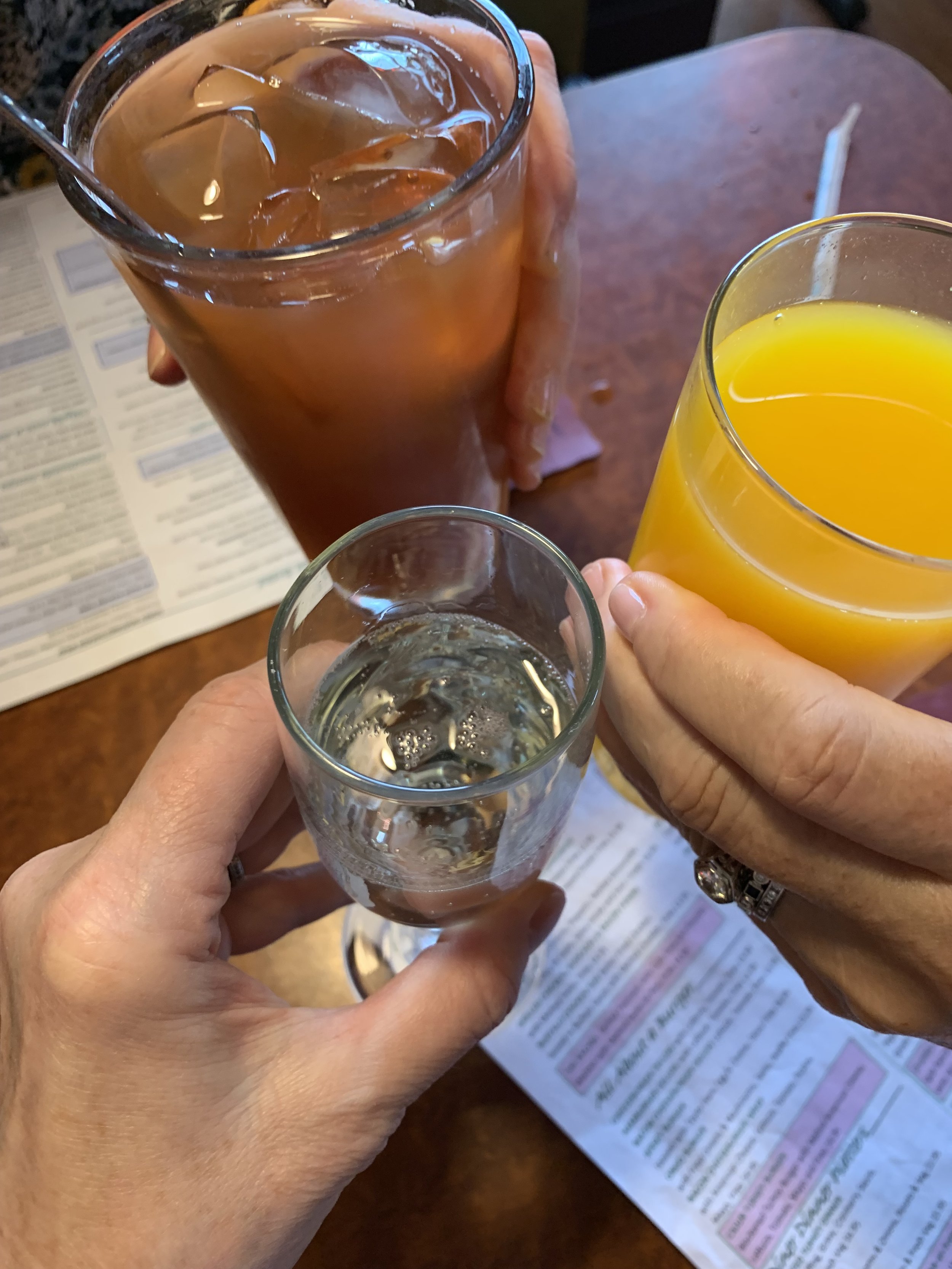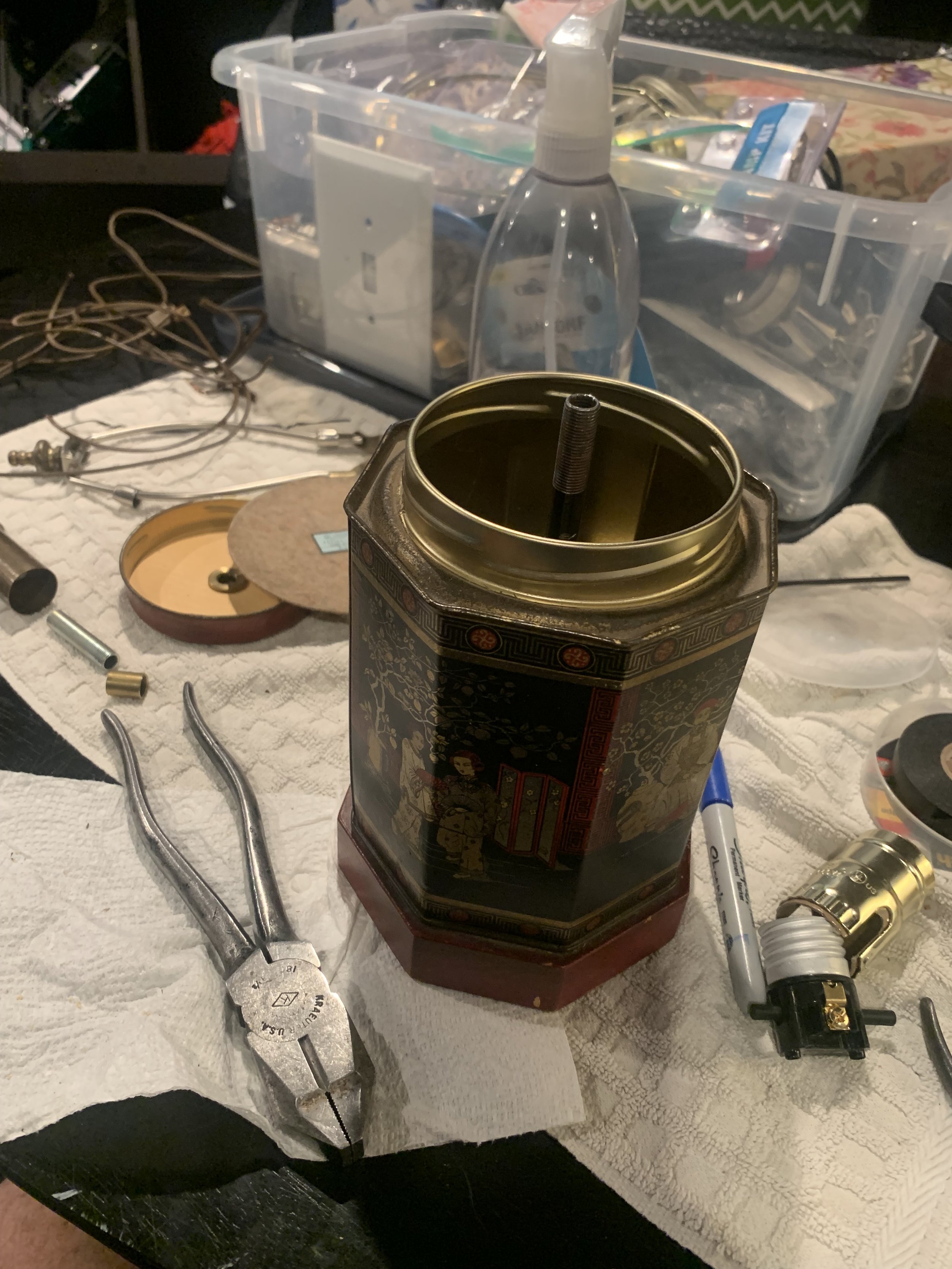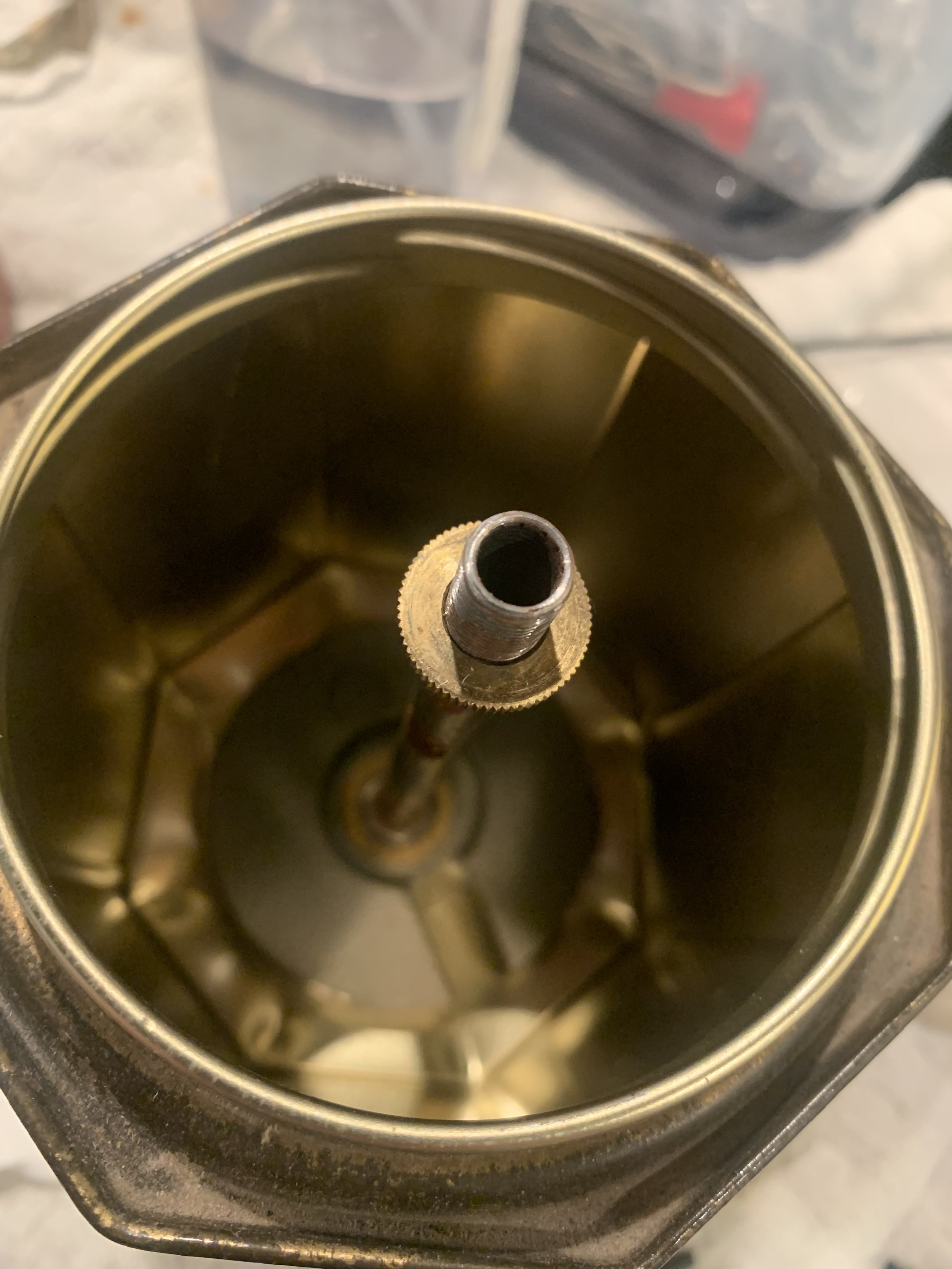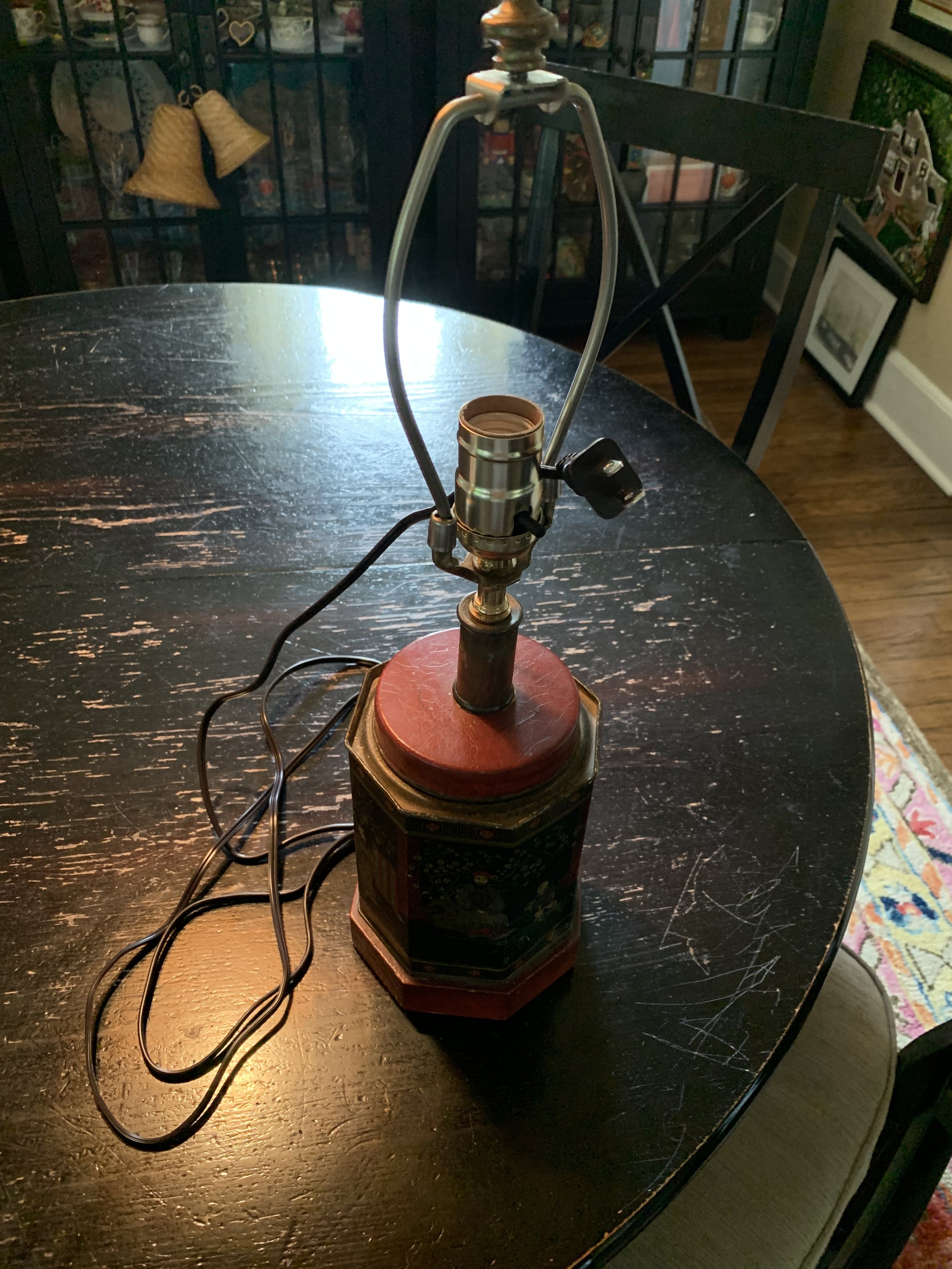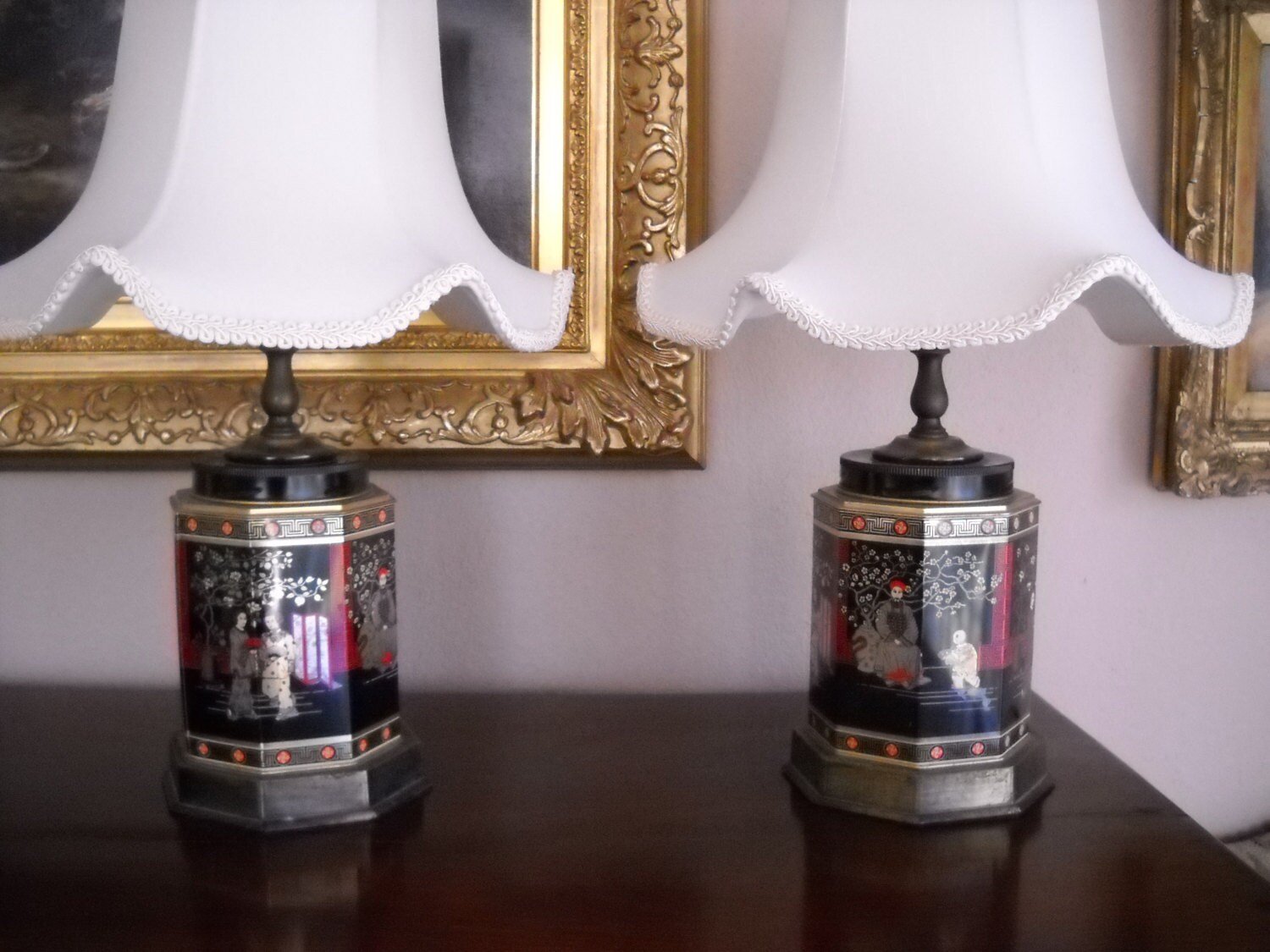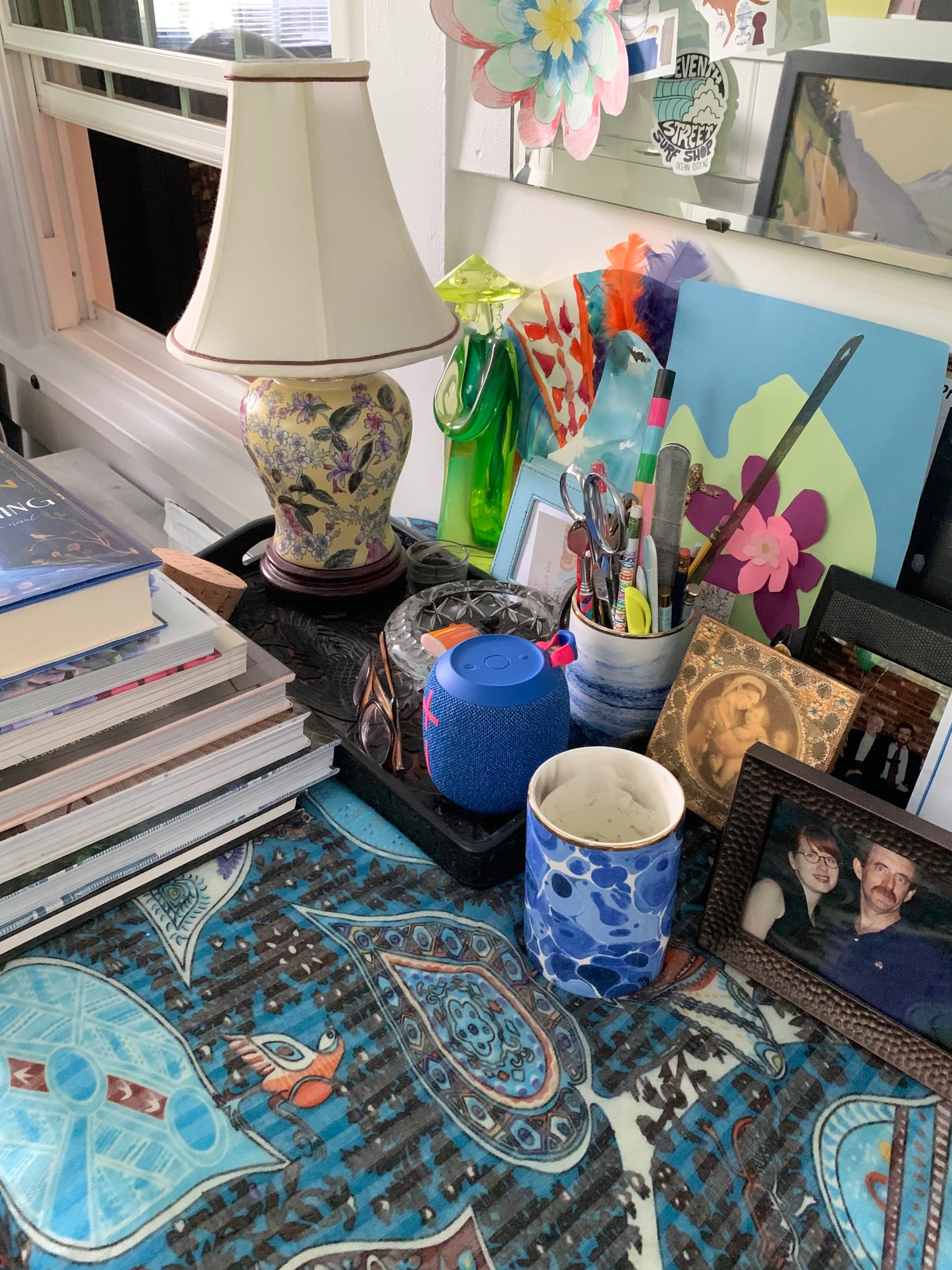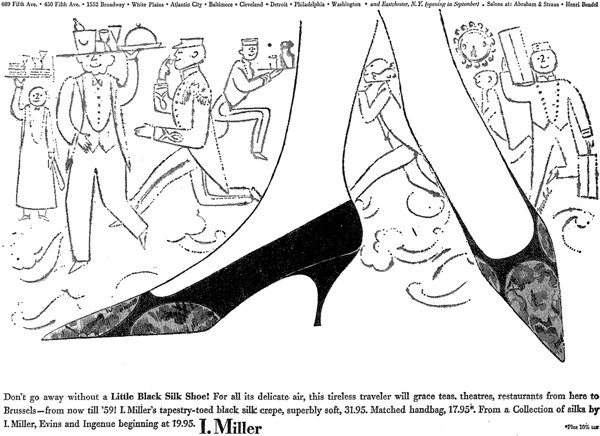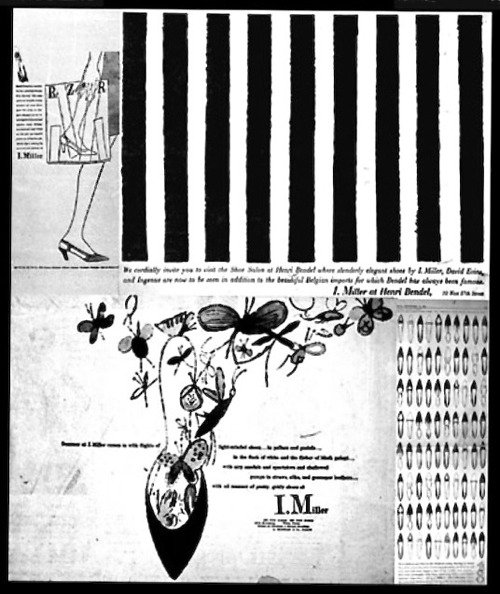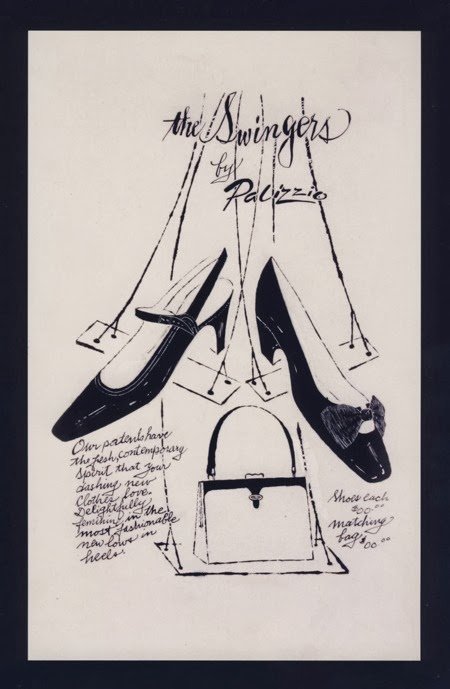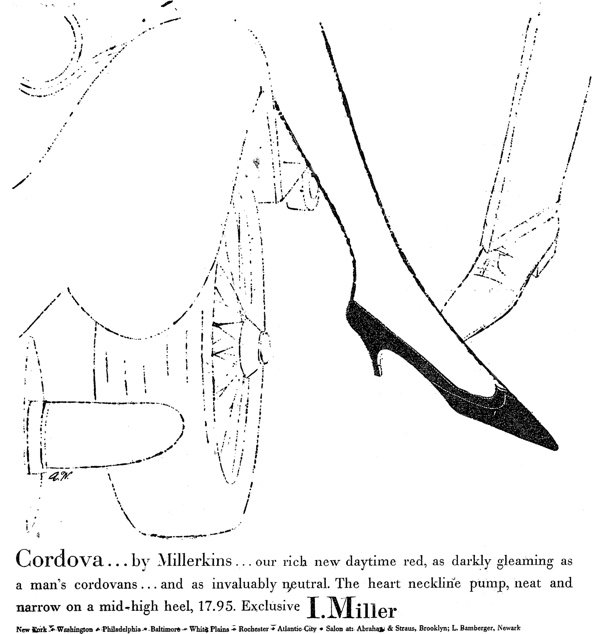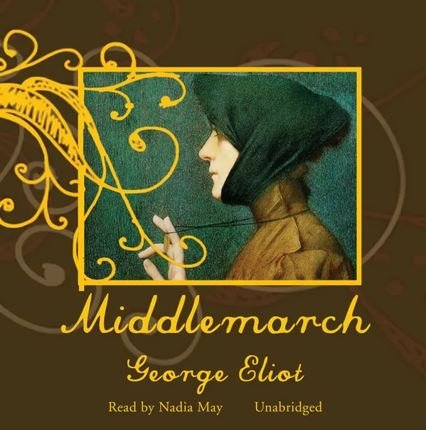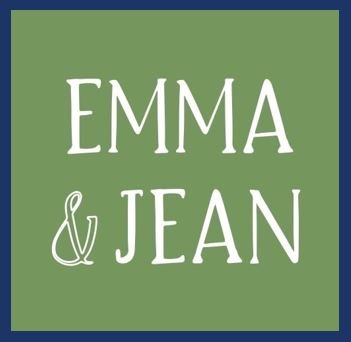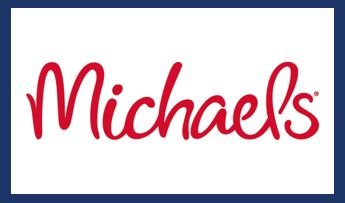Tea Tin Lamp
/A few weeks ago, I had the great good fortune of being in the right place at the right time. The place: The Summit Antiques Center the time: a wonderful Saturday in July…when I met friends for a bit of thrifting and lunch.
As I was walking down the stairs I spied a lamp high on-top of a display cabinet and I could only see from the staircase. Oh lucky me!
My sweet hubs is so sweet he rewired it for me.
At first I thought the lamp was a one-off handmade piece but, after a bit of research I believe it’s a Frederick Cooper Asian Chinoiserie Tea Tin Canister Table Lamp. I’m not 100% certain because I didn’t find any markings but, I found these examples on line and they are. So I’m thinking yes!
Once the new to me Tea Tin lamp was freshly wired I cleared everything off my desk and went about restyling. My yellow Chinoserie lamp was put away for now and I spent some time figuring out what I could use as a cover.
Before
After
I need a larger shade but, for now, I’m super happy!
Friends here’s my list of go-to Thrifting spots - maybe one is close to you or close to somewhere you plan to visit. Recently we visited Hot Dog Johnny’s in Buttzville, NJ and popped over to the Scranberry Coop in Andover, NJ. If we can squeeze in a Thrifting spot near a sporting event for our son we always do! Happy Hunting!
New Jersey:
Cape May Antique Center - 1228 NJ-109 Cape May NJ 08204 - 609.898.4449
Days of Olde Antique Center - 110 S New York Road Galloway NJ 08205 - 609.652.7011
Hamburg Antique Center - 1 Main Street Hamburg NJ 07419 - 973.823.9700
Lafayette Mill Antique Center - 12 Morris Farm Road Lafayette Township NJ 07848 - 973.383.0065
Market Street Mission - 9 Market Street Morristown NJ 07960 - 973.538.0431
Montclair Antique Center - 34 Church Street Montclair NJ 07042 - 973.746.1062
Scranberry Coop - 42 Main Street Andover NJ 07821 - 973.786.6414
The Antique Center of Red Bank - 2 locations: building II 195 West Front Street 732.842.3393 / building III 226 West Front Street Red Bank NJ 07701 - 732.842.4336
The Summit Antiques Center - 511 Morris Ave Summit NJ 07901 - 908.273.9373
Tomato Factory Design and Antiques Center - 2 Somerset St Hopewell NJ 08525 - 609.466.9833
Valley Vintage - 168 S Valley Road West Orange NJ 07052 - 973.323.1711
Pennsylvania:
the Olde Engine Works Marketplace - 62 N 3rd Street Stroudsburg PA 18360 - 570.421.4340
Pocono Peddlers Village Antique Mall - 246 Stadden Road Tannersville PA 18372 - 570.629.6366
Zionsville Antique Mall - 7567 Chestnut Street Zionsville PA 18092 - 610-965-3292
New York:
Coxsackie Antique Center - 12400 State Rte. 9W West Coxsackie NY 12192 - 518.731.8888
Gristmill Antiques - 2250 NY-7 Troy NY 12180 - 518.663.5115
Pretty Funny Vintage - 80 S Broadway Tarrytown NY 10591 - 914.631.3368
Vermont:
Champlain Valley Antique Center - 4067 Shelburne Road (Rte. 7) Shelburne VT - 802.985.8116
Til next time friends be well and I’ll see you over on Instagram!
